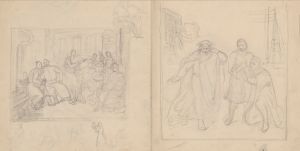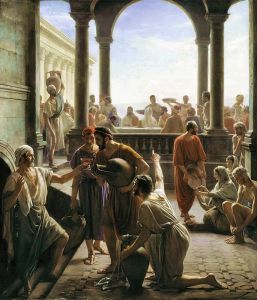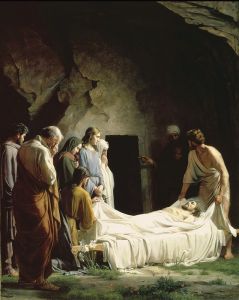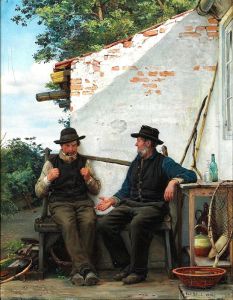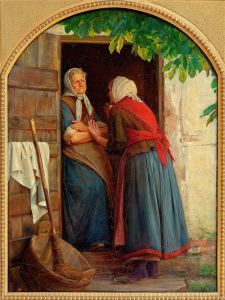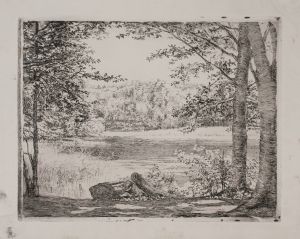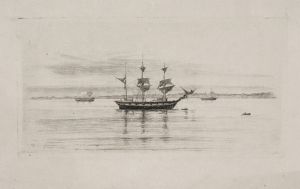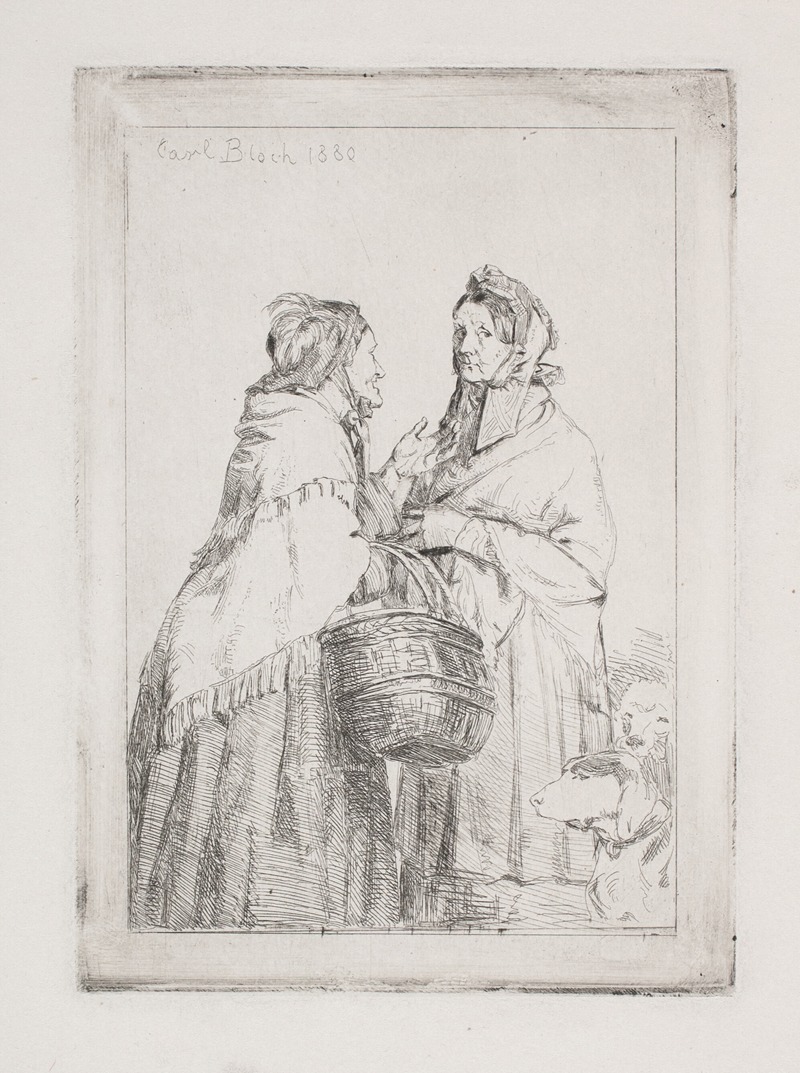
De sladrende koner
A hand-painted replica of Carl Bloch’s masterpiece De sladrende koner, meticulously crafted by professional artists to capture the true essence of the original. Each piece is created with museum-quality canvas and rare mineral pigments, carefully painted by experienced artists with delicate brushstrokes and rich, layered colors to perfectly recreate the texture of the original artwork. Unlike machine-printed reproductions, this hand-painted version brings the painting to life, infused with the artist’s emotions and skill in every stroke. Whether for personal collection or home decoration, it instantly elevates the artistic atmosphere of any space.
Carl Bloch's painting De sladrende koner (translated as The Gossiping Women) is a work by the renowned Danish artist Carl Heinrich Bloch (1834–1890). Bloch is widely recognized for his contributions to 19th-century Danish art, particularly for his historical and religious paintings. However, De sladrende koner is one of his genre paintings, which depict scenes from everyday life.
The painting portrays a group of women engaged in conversation, presumably gossiping, as suggested by the title. The scene is set in a domestic or rural environment, reflecting Bloch's ability to capture the nuances of human interaction and social dynamics. The work exemplifies his skill in rendering detailed facial expressions and body language, which convey the mood and relationships among the figures. The composition and use of light in the painting demonstrate Bloch's mastery of realism, a hallmark of his artistic style.
While Carl Bloch is best known for his religious works, such as the series of paintings for the King's Oratory at Frederiksborg Castle, his genre paintings like De sladrende koner offer insight into his versatility as an artist. These works often provide a glimpse into 19th-century Danish life and culture, showcasing scenes that resonate with viewers through their relatability and emotional depth.
Specific details about the creation date or the current location of De sladrende koner are not widely documented. As with many of Bloch's works, the painting reflects his dedication to storytelling through art, capturing moments that transcend time and place.
For further information about Carl Bloch and his body of work, his religious paintings and historical commissions remain the most extensively studied and celebrated aspects of his career. De sladrende koner, while less prominent, contributes to the broader understanding of his artistic range and the themes he explored during his lifetime.





